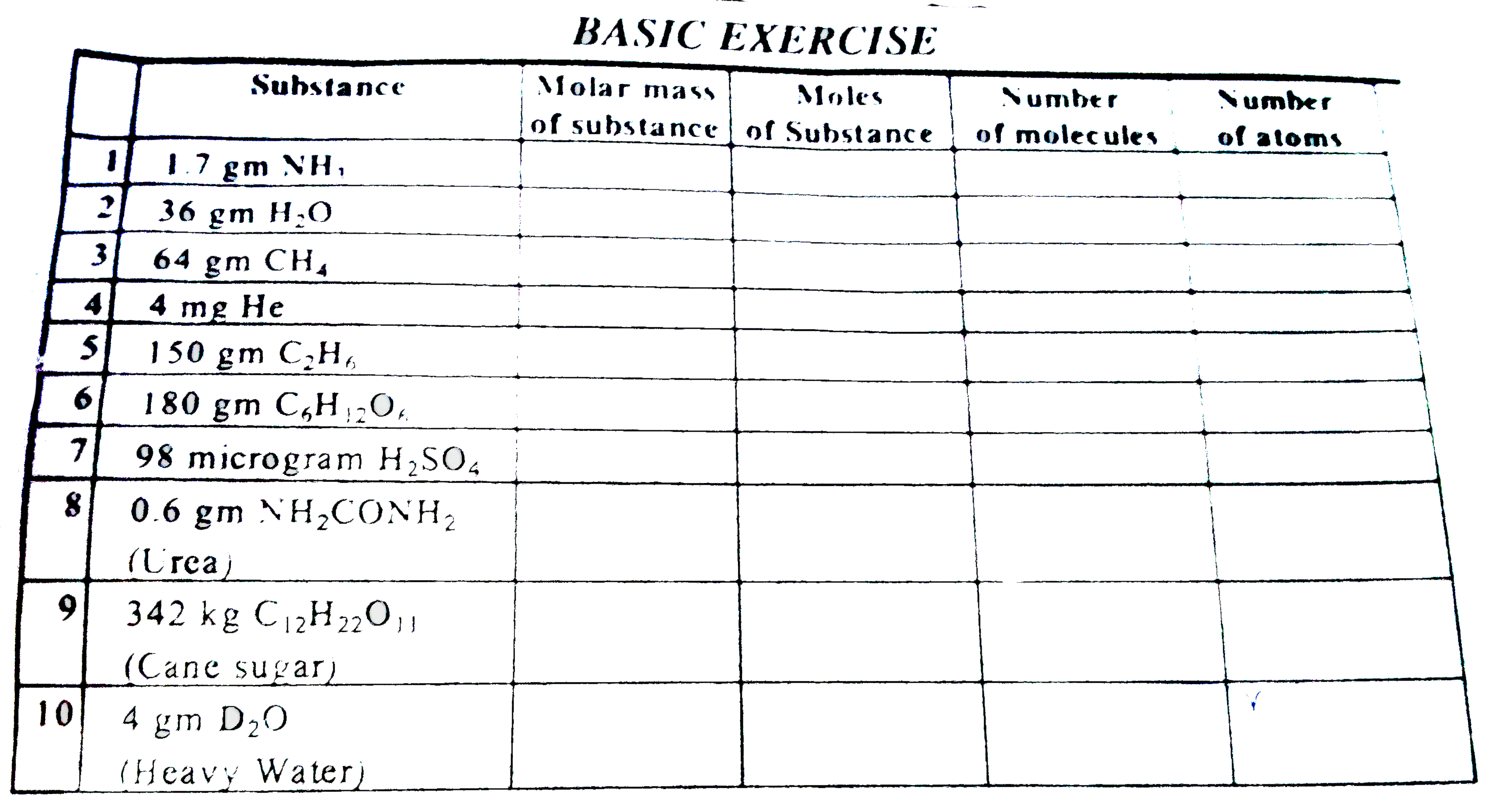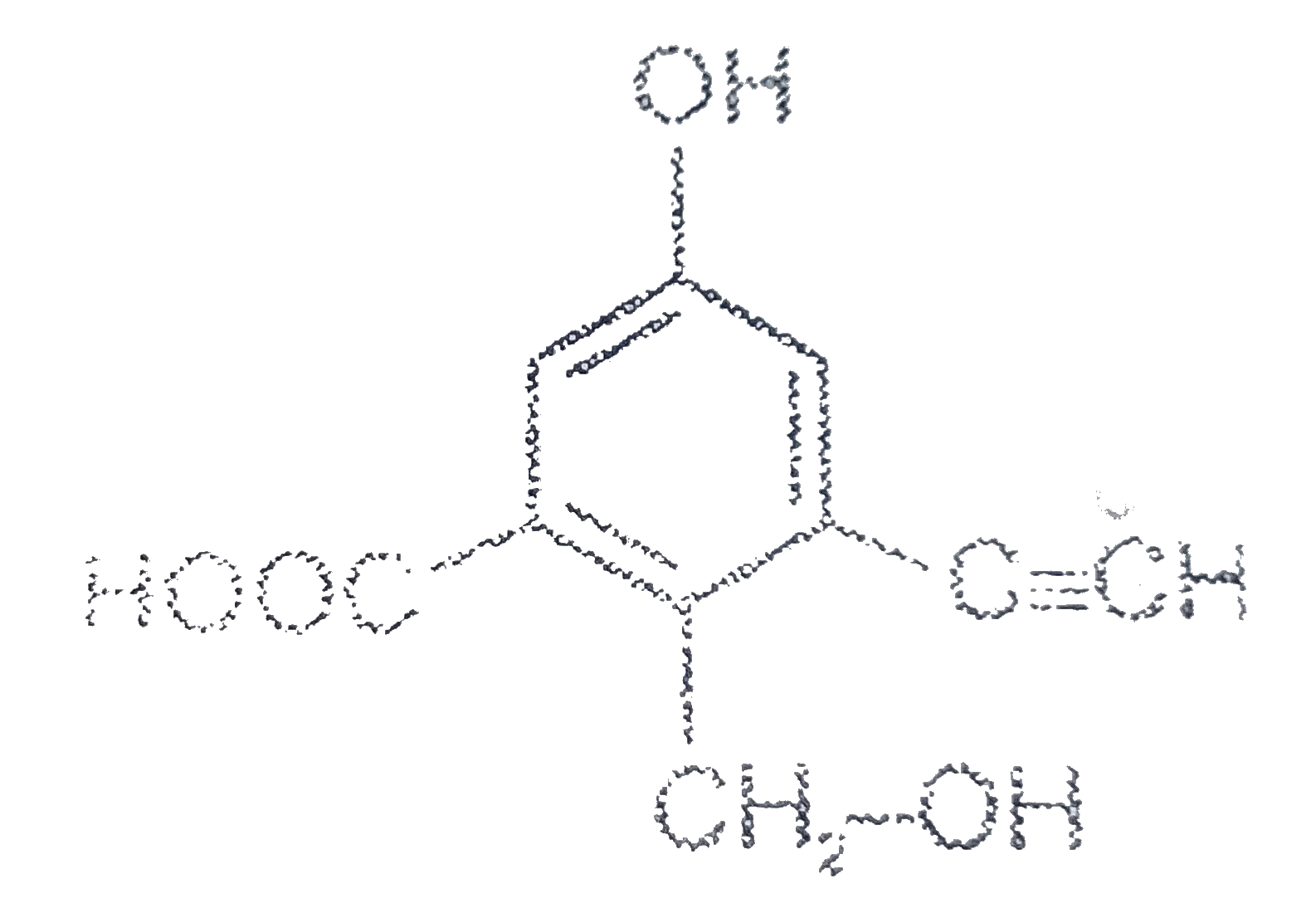With 4 mole of Kl one mole of Cl2 is treated to yield gas, which is then treated with hypo solution, then correct regarding this is/are
Equivalent weight of I2 is M1
To react completed with product 1 mole of hypo solution are required
n-factor of hypo solution is 1
n-factor of Cl2 is 2
The correct Answer is:B, C, D
To solve the problem step by step, we need to analyze the reaction between potassium iodide (KI) and chlorine gas (Cl₂) and the subsequent reaction with sodium thiosulfate (hypo solution).
Step 1: Write the Reaction Between KI and Cl₂
When 4 moles of KI react with 1 mole of Cl₂, the reaction can be represented as follows:
2KI+Cl2→2KCl+I2
Step 2: Balance the Reaction
To balance the reaction, we need to ensure that the number of atoms of each element is the same on both sides. The balanced equation is:
4KI+Cl2→4KCl+2I2
Step 3: Determine the Products
From the balanced equation, we see that the products are potassium chloride (KCl) and iodine (I₂).
Step 4: Reaction of I₂ with Hypo Solution
Next, we need to consider the reaction of iodine (I₂) with sodium thiosulfate (hypo solution, Na₂S₂O₃):
I2+2Na2S2O3→Na2S4O6+2NaI
Step 5: Calculate the Amount of Hypo Solution Required
From the stoichiometry of the reaction, we see that 1 mole of I₂ reacts with 2 moles of Na₂S₂O₃. Since we produced 1 mole of I₂ from the reaction with Cl₂, we will need:
2 moles of Na2S2O3
Step 6: Determine the N-Factor of I₂
The n-factor of a substance is defined as the number of moles of electrons transferred per mole of the substance in a reaction. For I₂, the change in oxidation state from -1 in KI to 0 in I₂ indicates that each iodine atom undergoes a change of 1. Since there are 2 iodine atoms in I₂, the n-factor for I₂ is:
n-factor of I2=2
Step 7: Determine the N-Factor of Hypo Solution
To find the n-factor of sodium thiosulfate (Na₂S₂O₃), we need to analyze its reaction with iodine. The oxidation state of sulfur in Na₂S₂O₃ changes during the reaction. The n-factor is determined based on the number of moles of electrons transferred. In this case, the n-factor is found to be 1.
Step 8: Determine the N-Factor of Cl₂
For chlorine (Cl₂), the oxidation state changes from 0 in Cl₂ to -1 in KCl. Since there are 2 chlorine atoms, the n-factor for Cl₂ is:
n-factor of Cl2=2
Conclusion
Based on the above analysis, the correct statements regarding the reactions are:
1. The equivalent weight of I₂ is m/2 (incorrect).
2. To react completely with the product, 2 moles of hypo solution are required (incorrect).
3. The n-factor of hypo solution is 1 (correct).
4. The n-factor of Cl₂ is 2 (correct).
When 4 moles of KI react with 1 mole of Cl₂, the reaction can be represented as follows:
To balance the reaction, we need to ensure that the number of atoms of each element is the same on both sides. The balanced equation is:
From the balanced equation, we see that the products are potassium chloride (KCl) and iodine (I₂).
Next, we need to consider the reaction of iodine (I₂) with sodium thiosulfate (hypo solution, Na₂S₂O₃):
From the stoichiometry of the reaction, we see that 1 mole of I₂ reacts with 2 moles of Na₂S₂O₃. Since we produced 1 mole of I₂ from the reaction with Cl₂, we will need:
The n-factor of a substance is defined as the number of moles of electrons transferred per mole of the substance in a reaction. For I₂, the change in oxidation state from -1 in KI to 0 in I₂ indicates that each iodine atom undergoes a change of 1. Since there are 2 iodine atoms in I₂, the n-factor for I₂ is:
To find the n-factor of sodium thiosulfate (Na₂S₂O₃), we need to analyze its reaction with iodine. The oxidation state of sulfur in Na₂S₂O₃ changes during the reaction. The n-factor is determined based on the number of moles of electrons transferred. In this case, the n-factor is found to be 1.
For chlorine (Cl₂), the oxidation state changes from 0 in Cl₂ to -1 in KCl. Since there are 2 chlorine atoms, the n-factor for Cl₂ is:
Based on the above analysis, the correct statements regarding the reactions are:
1. The equivalent weight of I₂ is m/2 (incorrect).
2. To react completely with the product, 2 moles of hypo solution are required (incorrect).
3. The n-factor of hypo solution is 1 (correct).
4. The n-factor of Cl₂ is 2 (correct).
Topper's Solved these Questions
- REDOX REACTIONSBOOK - AAKASH INSTITUTE ENGLISHCHAPTER - REDOX REACTIONSEXERCISE - Assignment (Section D) (Linked Comprehension Type Questions)
12 Videos
- REDOX REACTIONSBOOK - AAKASH INSTITUTE ENGLISHCHAPTER - REDOX REACTIONSEXERCISE - Assignment (Section E) (Assertion-Reason Type Questions)
8 Videos
- REDOX REACTIONSBOOK - AAKASH INSTITUTE ENGLISHCHAPTER - REDOX REACTIONSEXERCISE - Assignment (Section B) (Objective type Questions (one option is correct))
32 Videos
- PRINCIPLES OF QUALITATIVE ANALYSISBOOK - AAKASH INSTITUTE ENGLISHCHAPTER - PRINCIPLES OF QUALITATIVE ANALYSISEXERCISE - Assignment (SECTION H)
9 Videos
- SOLUTIONSBOOK - AAKASH INSTITUTE ENGLISHCHAPTER - SOLUTIONSEXERCISE - ASSIGMENT (SECTION-J) AAKASH CHALLENGERS QUESTIONS
10 Videos
Similar Questions
One mole of MnO2−4 disproportionates to yield :
View SolutionWhat happens when CCl4 is treated with AgNO3 solution ?
View SolutionHow many moles of CO2 will released when following compound treated with heat?

View SolutionFor two mole of an ideal gas, the correct relation is :
View SolutionWhen two moles of [Co(NH3)5Cl]Cl2 is treated with excess silver nitrate solution, the number of moles of silver chloride formed is
View SolutionThe number of moles of Cl atoms in one mole of CCl4 _____ is
View SolutionCCl4 gives a white precipitate when treated with AgNO3.
View Solution
5 moles of CaCO3 on heating yeilded 2 moles of CO2 .Find % yield of reaction.
View SolutionFor the following reaction, PCl5⇔PCl3(g)+Cl2(g)
0.4 mole of PCl50.2 mole of PCl3 and 0.6 mole of Cl2 are taken in 1 litre flask if Kc=0.2 then, predict the direction in which reaction proceeds.
View SolutionNo. of moles of H2 gas evolved when one mole of the following compound reacts with sodium.

View Solution
